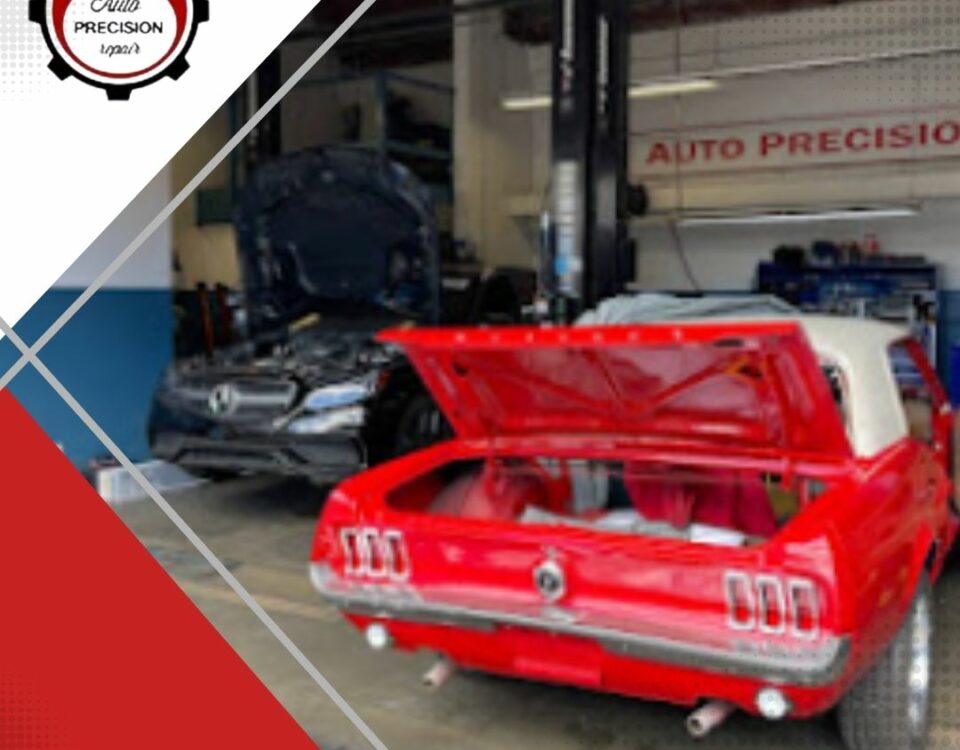Maximizing Engine Health: The Impact of Regular Oil Changes and Maintenance Tips
November 17, 2023A Comprehensive Guide to Preventive Maintenance: Ensuring Reliability and Efficiency
November 20, 2023Maintaining the optimal functionality and extending the lifespan of equipment is a critical aspect of operational management in various industries. Effective preventive maintenance, a systematic approach to foresee and prevent potential failures, plays a pivotal role in this. This article delves into the strategies and best practices for mastering preventive maintenance, ensuring both efficiency and longevity of your machinery and equipment.
The Essentials of Preventive Maintenance
Understanding Preventive Maintenance
Preventive maintenance refers to the routine inspection and servicing of equipment to prevent unforeseen breakdowns and costly repairs. It involves regular check-ups, lubrication, adjustments, and parts replacements at predetermined intervals.
Benefits of Routine Maintenance
Regularly implementing a preventive maintenance program leads to numerous benefits, including reduced downtime, increased safety, improved equipment efficiency, and extended asset life.
Strategies for Effective Preventive Maintenance
Developing a Maintenance Schedule
One of the first steps in preventive maintenance is to establish a maintenance schedule. This schedule should be based on the manufacturer’s recommendations and adjusted for the specific usage and environmental conditions of the equipment.
Utilization of Maintenance Software
Advancements in technology have led to the development of specialized maintenance software. These tools assist in scheduling, tracking, and documenting maintenance activities, thereby enhancing the efficiency and accuracy of preventive maintenance programs.
Advanced Techniques in Preventive Maintenance
Incorporating Predictive Maintenance
Beyond traditional preventive measures, predictive maintenance utilizes data analysis and monitoring tools to predict equipment failures before they occur. This approach integrates IoT sensors, machine learning, and data analytics to provide a more precise maintenance timeline.
Regular Training and Skill Development
Ensuring that the maintenance team is well-trained and up-to-date with the latest techniques and technologies is crucial. Regular training sessions can significantly improve the effectiveness of preventive maintenance strategies.
Challenges and Solutions in Preventive Maintenance
Overcoming Common Hurdles
Common challenges in preventive maintenance include budget constraints, resource limitations, and resistance to change. Overcoming these requires strategic planning, stakeholder engagement, and demonstrating the long-term cost benefits of preventive maintenance.
Customizing Maintenance to Specific Needs
Every piece of equipment and every operational environment is unique. Tailoring your preventive maintenance program to address specific needs and conditions is essential for its success.
Conclusion: The Future of Preventive Maintenance
Mastering preventive maintenance is an ongoing process that requires dedication, strategic planning, and adaptability to technological advancements. By implementing these strategies, organizations can not only maximize the lifespan of their equipment but also enhance overall operational efficiency. The future of preventive maintenance lies in the integration of technology, data-driven decision making, and continuous improvement in maintenance practices.
A Comprehensive Guide to Preventive Maintenance: Ensuring Reliability and Efficiency





